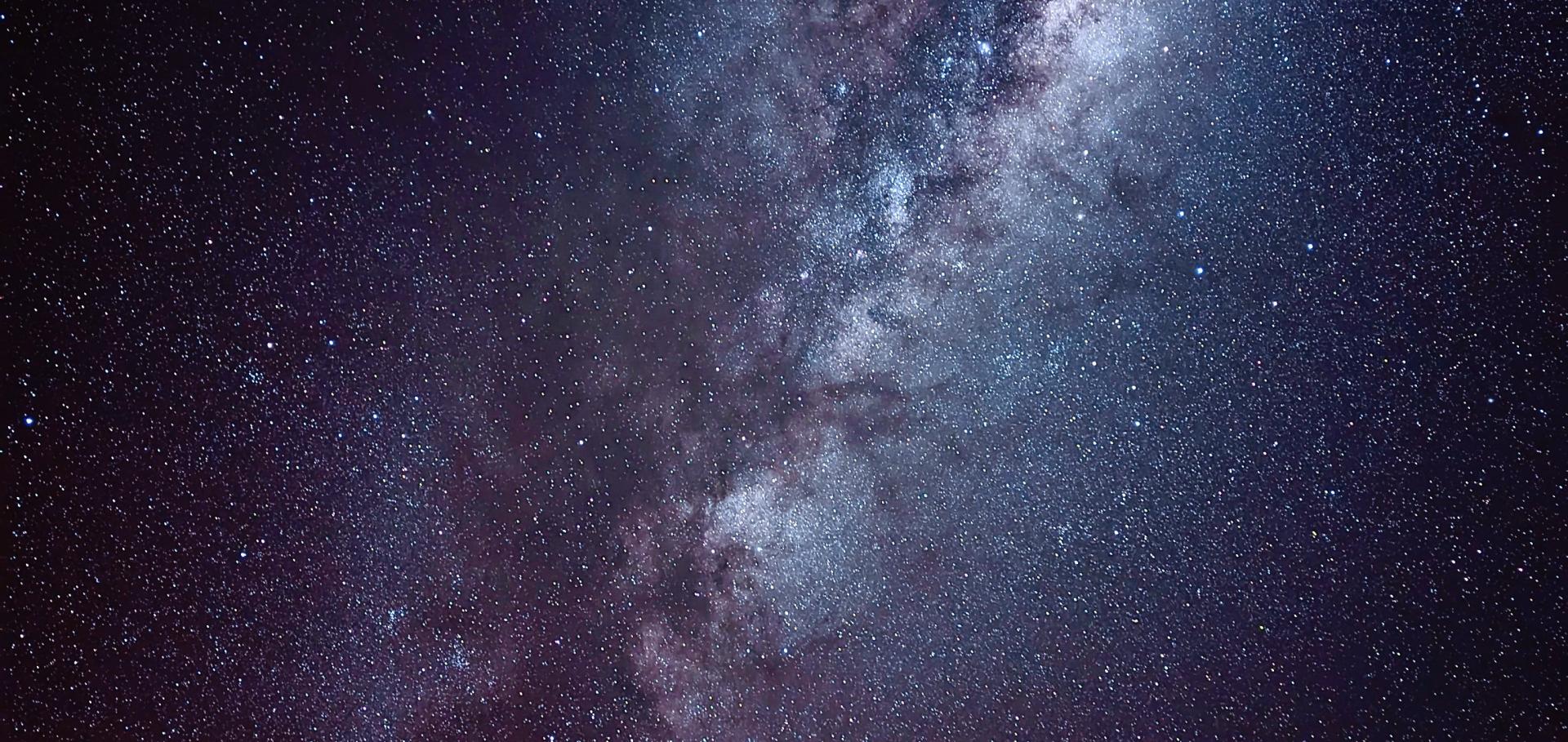Double “acct”: A Distinct Double-peaked Supernova Matching Pulsational Pair Instability Models
The Astrophysical Journal Letters American Astronomical Society 977:2 (2024) L41
Abstract:
We present multiwavelength data of SN 2020acct, a double-peaked stripped-envelope supernova (SN) in NGC 2981 at ∼150 Mpc. The two peaks are temporally distinct, with maxima separated by 58 rest-frame days and a factor of 20 reduction in flux between. The first is luminous (Mr = −18.00 ± 0.02 mag) and blue (g − r = 0.27 ± 0.03 mag) and displays spectroscopic signatures of interaction with hydrogen-free circumstellar material. The second peak is fainter (Mr = −17.29 ± 0.03 mag) and has some spectroscopic similarities to an evolved stripped-envelope SN, with strong forbidden [Ca ii] and [O ii] features. No other known double-peaked SN exhibits a light curve similar to that of SN 2020acct. We find the likelihood of two individual SNe occurring in the same star-forming region within that time to be highly improbable, while an implausibly fine-tuned configuration would be required to produce two SNe from a single binary system. We find that the peculiar properties of SN 2020acct match models of pulsational pair instability (PPI), in which the initial peak is produced by collisions of shells of ejected material, shortly followed by core collapse. Pulsations from a star with a 72 M⊙ helium core provide an excellent match to the double-peaked light curve. The local galactic environment has a metallicity of 0.4 Z⊙, a level where massive single stars are not expected to retain enough mass to encounter the PPI. However, late binary mergers or a low-metallicity pocket may allow the required core mass. We measure the rate of SN 2020acct–like events to be <3.3 × 10−8 Mpc−3 yr−1 at z = 0.07, or <0.1% of the total core-collapse SN rate.Binary neutron star merger offsets from their host galaxies
Astronomy & Astrophysics EDP Sciences 692 (2024) a21
Binary neutron star merger offsets from their host galaxies. GW 170817 as a case study
(2024)
Quasi-periodic X-ray eruptions years after a nearby tidal disruption event
Nature Nature Research 634:8035 (2024) 804-808
Abstract:
Quasi-periodic eruptions (QPEs) are luminous bursts of soft X-rays from the nuclei of galaxies, repeating on timescales of hours to weeks1–5. The mechanism behind these rare systems is uncertain, but most theories involve accretion disks around supermassive black holes (SMBHs) undergoing instabilities6–8 or interacting with a stellar object in a close orbit9–11. It has been suggested that this disk could be created when the SMBH disrupts a passing star8, 11, implying that many QPEs should be preceded by observable tidal disruption events (TDEs). Two known QPE sources show long-term decays in quiescent luminosity consistent with TDEs4, 12 and two observed TDEs have exhibited X-ray flares consistent with individual eruptions13, 14. TDEs and QPEs also occur preferentially in similar galaxies15. However, no confirmed repeating QPEs have been associated with a spectroscopically confirmed TDE or an optical TDE observed at peak brightness. Here we report the detection of nine X-ray QPEs with a mean recurrence time of approximately 48 h from AT2019qiz, a nearby and extensively studied optically selected TDE16. We detect and model the X-ray, ultraviolet (UV) and optical emission from the accretion disk and show that an orbiting body colliding with this disk provides a plausible explanation for the QPEs.The enigmatic double-peaked stripped-envelope SN 2023aew
Astronomy & Astrophysics EDP Sciences 689 (2024) a182

